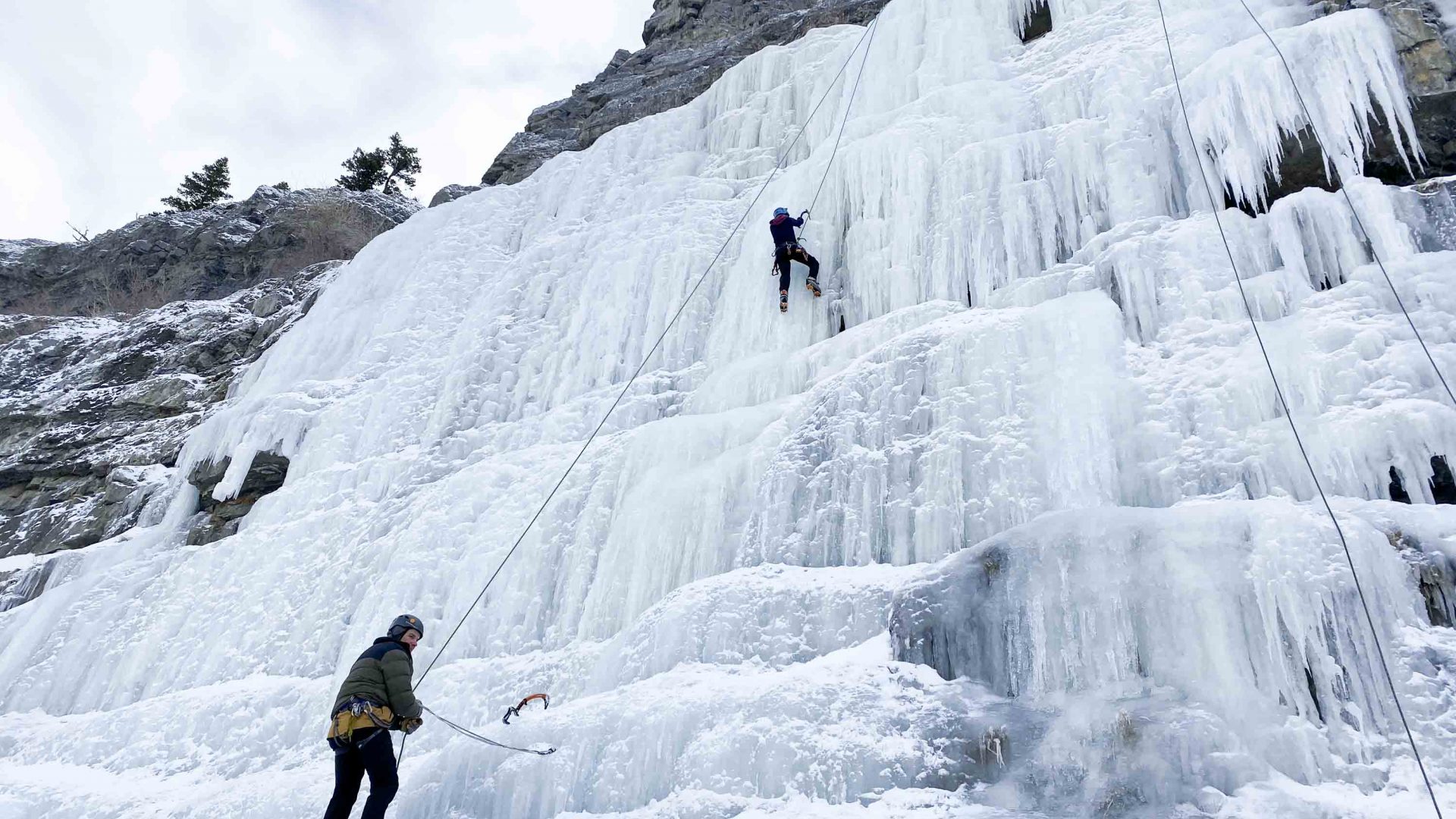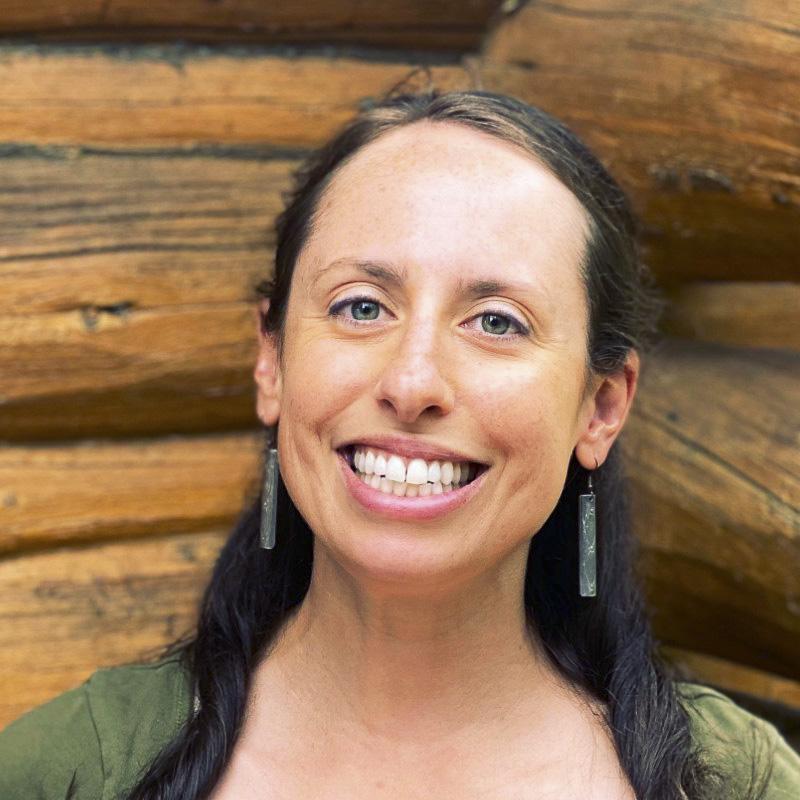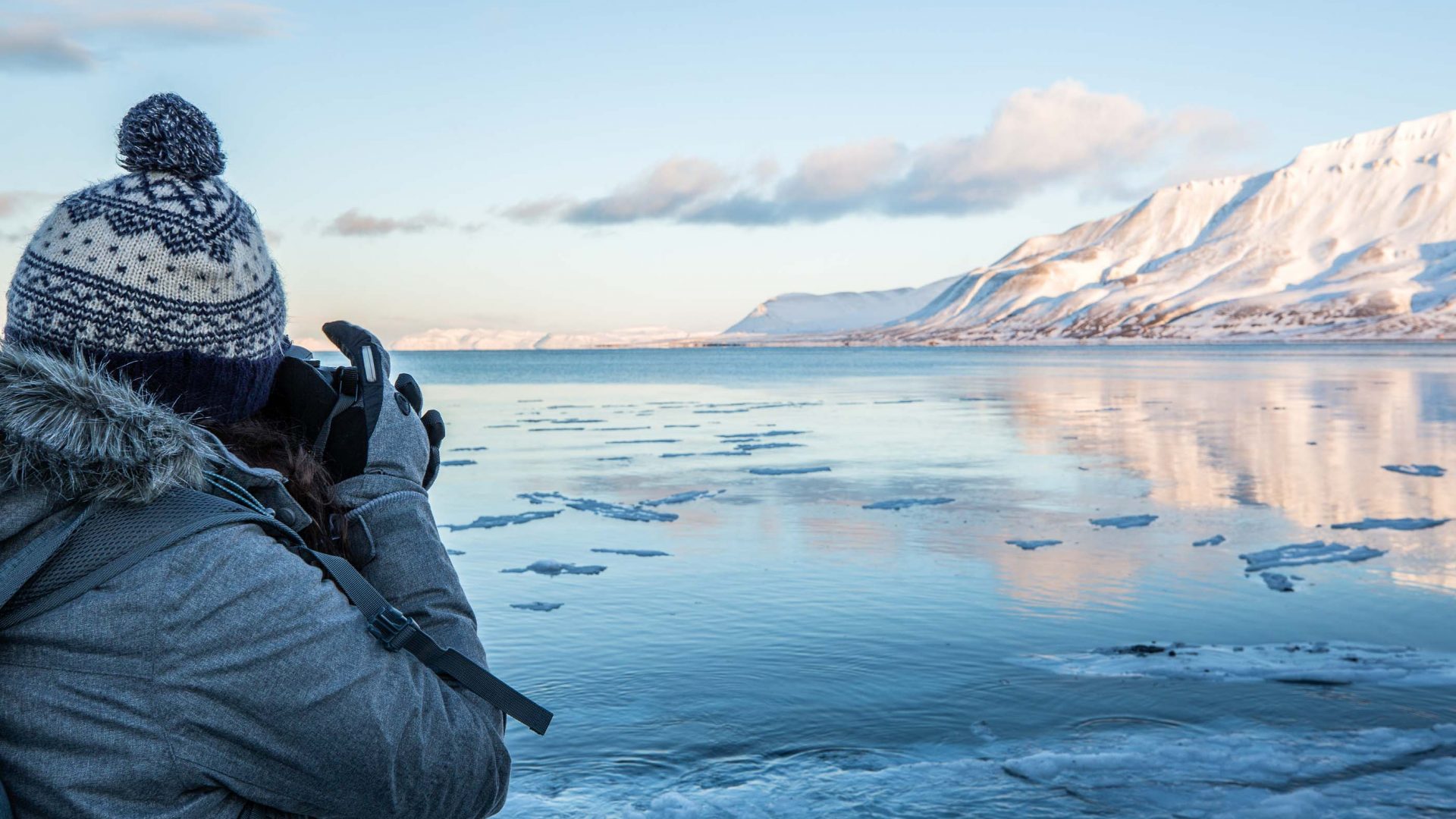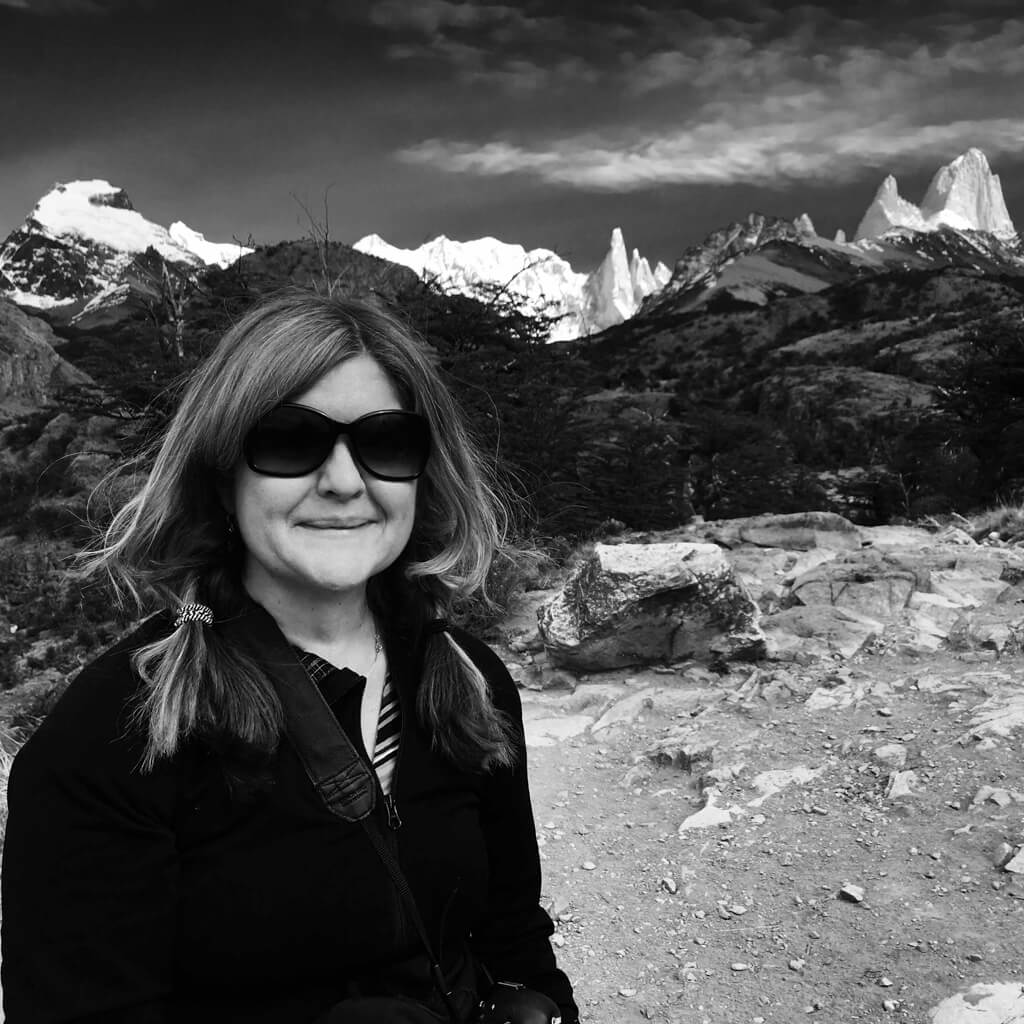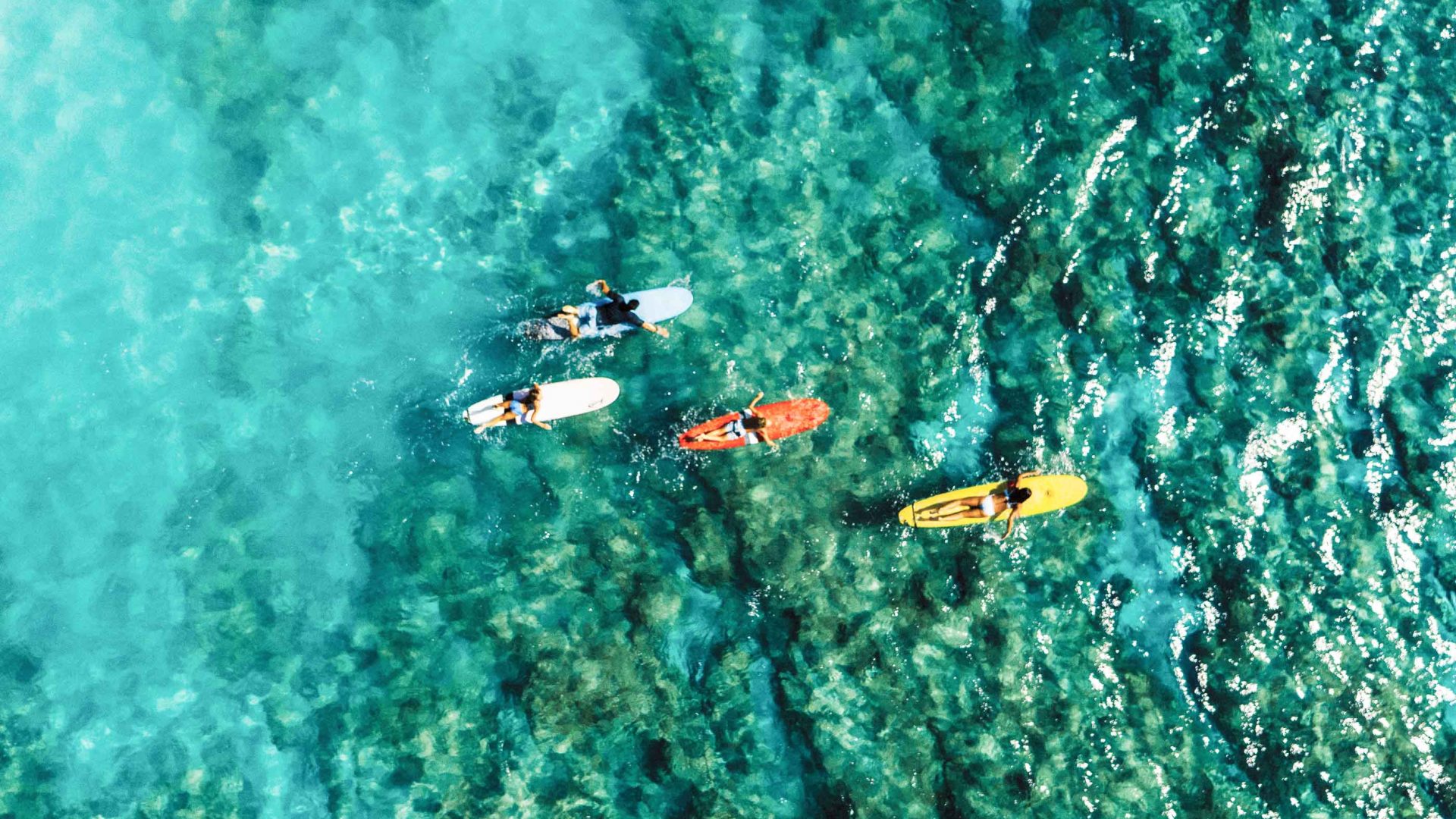The threat to winter sports, like ice climbing, may rank low on the priority list of climate concerns, but they show a clear example of one way our world is changing—and what we, as people, are motivated to save.
For the uninitiated, ice climbing involves ascending frozen water with crampons strapped to mountaineering boots and an ice axe in each hand. Norway, Canada, and the US Rocky Mountains are a few top destinations for the sport. The majority of ice routes exist on natural waterfalls that freeze come winter, but you can also “farm” ice by watering cliffs.
The greatest volume of farmed ice in the world is found in Colorado’s San Juan Mountains. Every winter, the Ouray Ice Park irrigates 1.5 miles of cliffs in the Uncompahgre Gorge. The Park also hosts the North American Championships and, since 1996, an annual ice festival that attracts climbers from across the globe.
My desire to chase frozen waterfalls is as strong as my love for the town of Ouray. Not only does this lesser-known destination arguably have the best access to ice anywhere, it’s also managed to retain the small-town, western charm that so many other places have lost to corporate ski resorts and the real estate development that follows.
Ice climbing’s existential threat is at odds with its growing popularity. The sport has been vying for inclusion in the Olympics, and has become more diverse. This winter, the Ouray Park hosted the inaugural All In Ice Fest, inviting BIPOC, LGBTQIA2S+, and adaptive climbers to rope up.
“We want to be a welcoming community to underserved and marginalized communities,” says O’Neil. The accessibility of the Park—compared to a remote frozen fall—is one of the things that makes it so great.
The irony is that the sport of ice climbing is finally becoming more accessible to a broader population at a time when the very pursuit itself faces growing inaccessibility at the hands of climate change. The same could be said of skiing and snowboarding. As a result, the impetus on diversifying these outdoor sports right now—in part through accessible parks like Ouray and events like the All In Ice Fest—becomes all the more critical.
As for the long-term future of ice climbing, O’Neil predicts that, “if the ski industry goes away, we’ll go away.” In Bayne’s opinion, while many sports like skiing, ice fishing, and snowmobiling face climate impacts, warmer winters have “the biggest impact on disturbing the ice climbing season.”
Will we see more parks like Ouray open in an effort to gain more control over conditions and extend the lifespan of the sport? Will indoor ice climbing gyms, like the giant refrigerator in Scotland, proliferate?
Or will we decide that ice climbing without natural ice just isn’t the same, and let the sport go? Regardless of where this niche pursuit ends up, all we can do is advocate for climate action, and follow the standard signal of a belayer when they’re ready to catch your fall: Climb on.
